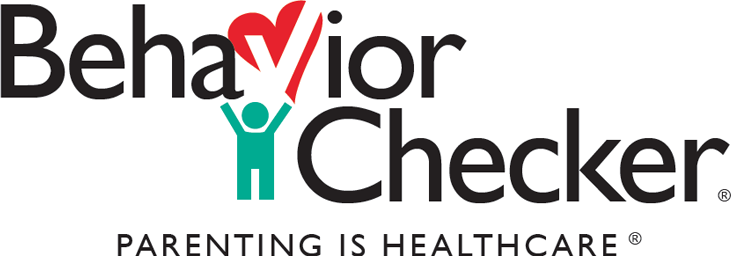Our Evidence-Based Approach: Mind S.E.T.®
Parents, grandparents, caregivers, coaches and educators: When it’s time for practical, evidence-based advice to getting children of all ages to sit at the snack table (and kitchen table); get along with their siblings (and friends, teammates and classmates); clean up their rooms; limit screen time; be kind at home, school and on the soccer team--and 100+ other things—you’re in the right place!
Like brushing your teeth or using a tissue to blow your nose or washing your hands before you eat, these healthy Mind S.E.T. reactions to children’s behavior will become healthy habits. In the same way as these healthy habits, you won’t even have to think about them…they will be the natural, automatic way you respond to a child’s not sharing or not going to bed. And…the way you take care of yourself and your children for everyone to be healthy and resilient.
Come here for immediate advice you need NOW to provide unconditional love and structure—what children of all ages need most. All healthy children do these things—sometimes hundreds of times a day! Everyone says, “I wish I HAD a Behavior Checker when I was raising my child!” Happily, now you can be glad that it’s right here at your fingertips!
The first three steps to solving behavior problems: A Healthy Mind S.E.T.®
The scientific research behind these healthy Mind S.E.T. reactions to children’s behavior shows you how to take care of yourself and your children while teaching everyone to be healthy and resilient. The American Academy of Pediatrics calls this relational health —"...the ability to develop and sustain safe, stable and nurturing relationships with emotionally available, engaged and attuned adults".
Keep it simple: Unconditional Love and Limits
That’s why every piece of advice in Behavior Checker starts with a healthy Mind S.E.T.—self-talk, empathy and teaching. Those three steps help you provide the 2 things every child needs—unconditional love and limits. All of these healthy forms of teaching discipline lower everyone's stress. Find them in the "What to Do's" of every Behavior Checker Solution, full of specific, proven Teaching Tools to provide positive reinforcement of appropriate behaviors, setting limits, redirecting, and setting future expectations.
Self-Talk • Empathy • Teach
Research indicates that 1. positive self-talk; 2. empathy; and 3. teaching appropriate behavior, rather than punishing inappropriate behavior, all help to build positive relationships, promote attachment and manage behavior issues. We have labeled these the “3 steps to a Healthy Mind S.E.T.”, and have made them the core of every prescription in Behavior Checker. How to remember to use this Healthy Mind S.E.T. every day when caring, supporting and protecting children? Remember “S” means Self-Talk, “E” means Empathy and “T” means Teaching. The summary below shows how S, E, and T can work for you every day.

